SLVS555N November 2004 – June 2024 TLVH431 , TLVH431A , TLVH431B , TLVH432 , TLVH432A , TLVH432B
PRODUCTION DATA
- 1
- 1 Features
- 2 Applications
- 3 Description
- 4 Pin Configuration and Functions
- 5 Specifications
- 6 Parameter Measurement Information
- 7 Detailed Description
- 8 Applications and Implementation
- 9 Device and Documentation Support
- 10Revision History
- 11Mechanical, Packaging, and Orderable Information
Package Options
Mechanical Data (Package|Pins)
Thermal pad, mechanical data (Package|Pins)
- PK|3
Orderable Information
5.8 Typical Characteristics
Operation of the device at these or any other conditions beyond those indicated in the Section 5.3 table are not implied.
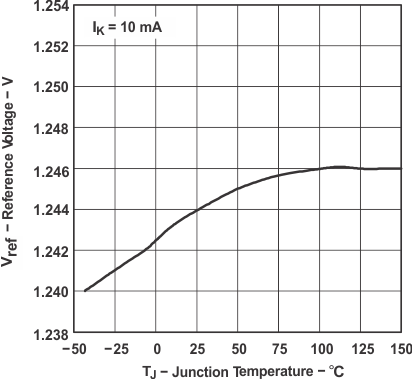 Figure 5-1 Reference Voltage vs Junction Temperature
Figure 5-1 Reference Voltage vs Junction Temperature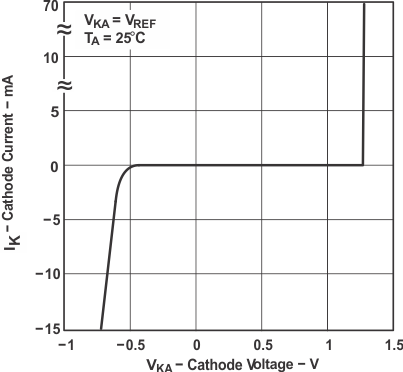 Figure 5-3 Cathode Current vs Cathode Voltage
Figure 5-3 Cathode Current vs Cathode Voltage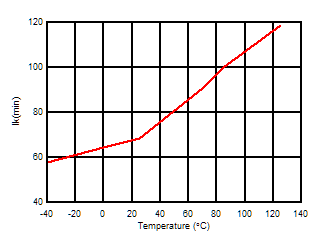 Figure 5-5 Minimum Cathode Current vs. Temperature
Figure 5-5 Minimum Cathode Current vs. Temperature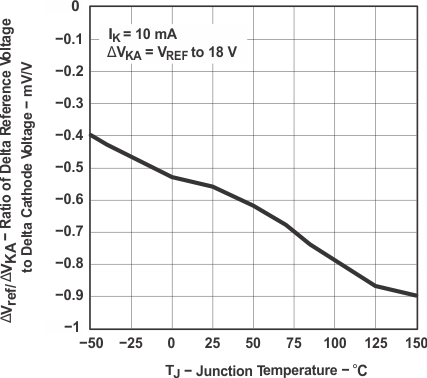
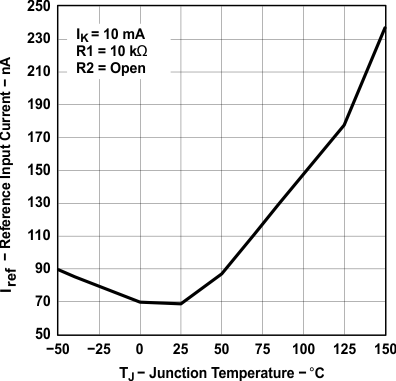
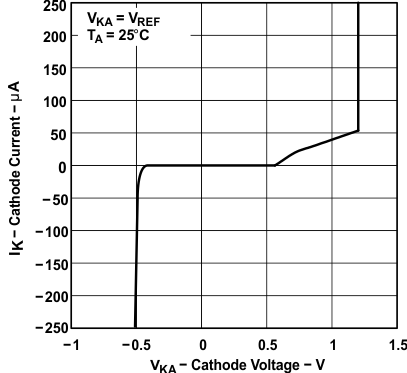 Figure 5-4 Cathode Current vs Cathode Voltage
Figure 5-4 Cathode Current vs Cathode Voltage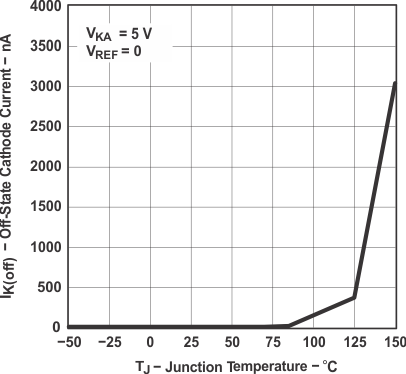 Figure 5-6 Off-State Cathode Current vs Junction Temperature
Figure 5-6 Off-State Cathode Current vs Junction Temperature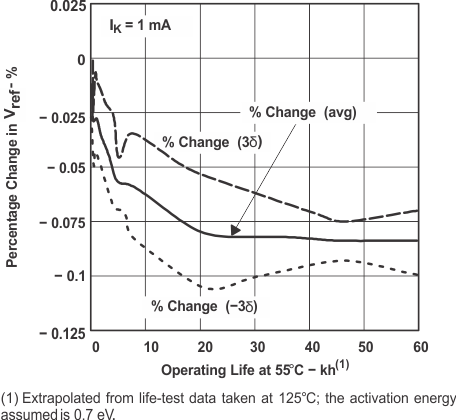 Figure 5-8 Percentage Change in VREF vs Operating Life at 55°C
Figure 5-8 Percentage Change in VREF vs Operating Life at 55°C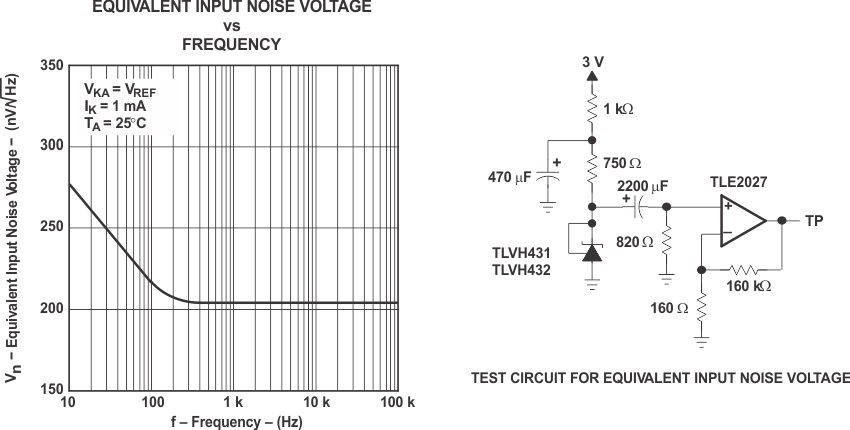 Figure 5-9 Equivalent Input Noise Voltage
Figure 5-9 Equivalent Input Noise Voltage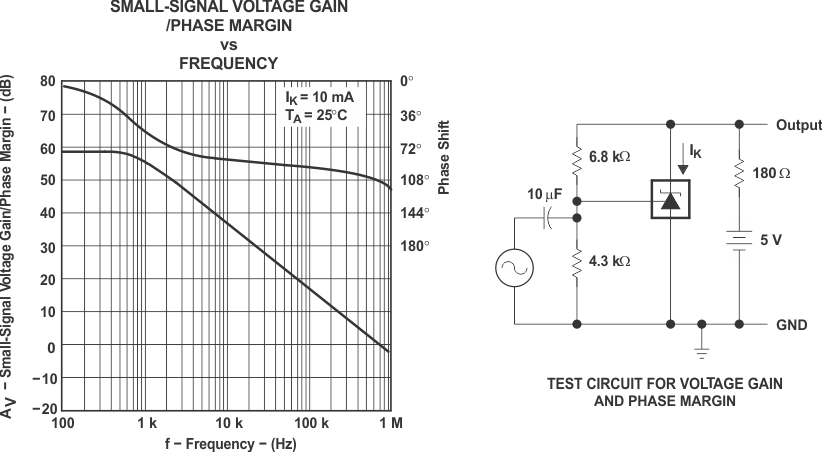 Figure 5-11 Voltage Gain and Phase Margin
Figure 5-11 Voltage Gain and Phase Margin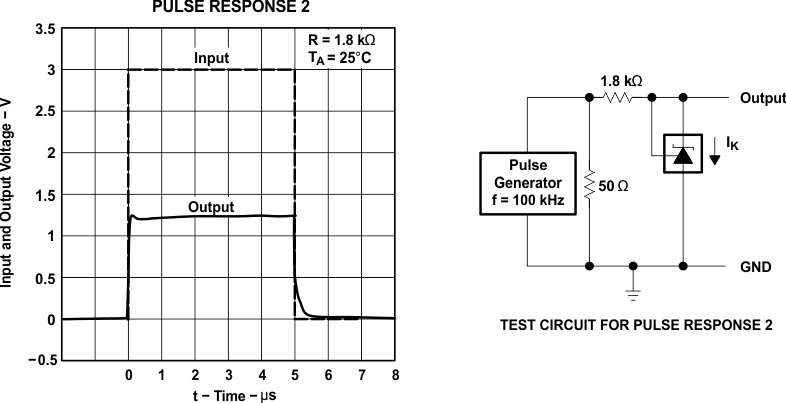 Figure 5-13 Pulse
Response 2
Figure 5-13 Pulse
Response 2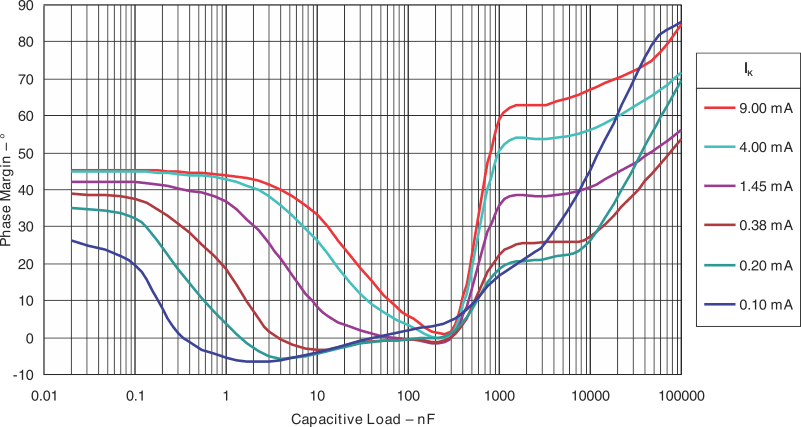 Figure 5-15 Phase
Margin vs Capacitive Load VKA = VREF (1.25 V),
TA= 25°C
Figure 5-15 Phase
Margin vs Capacitive Load VKA = VREF (1.25 V),
TA= 25°C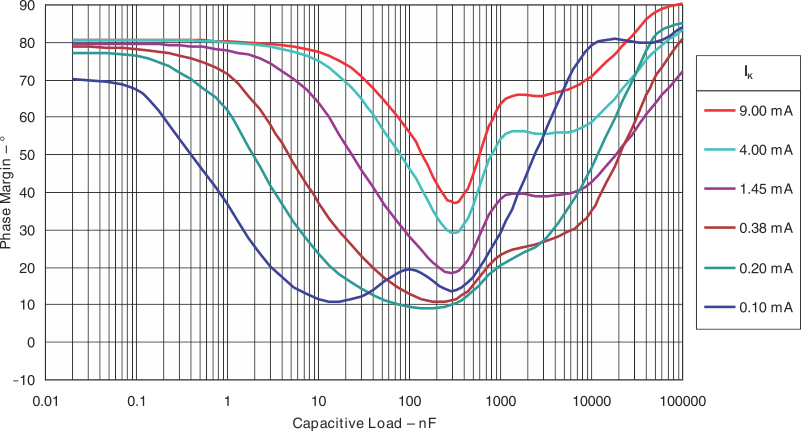 Figure 5-17 Phase
Margin vs Capacitive Load VKA = 5.00V, TA=
25°C
Figure 5-17 Phase
Margin vs Capacitive Load VKA = 5.00V, TA=
25°C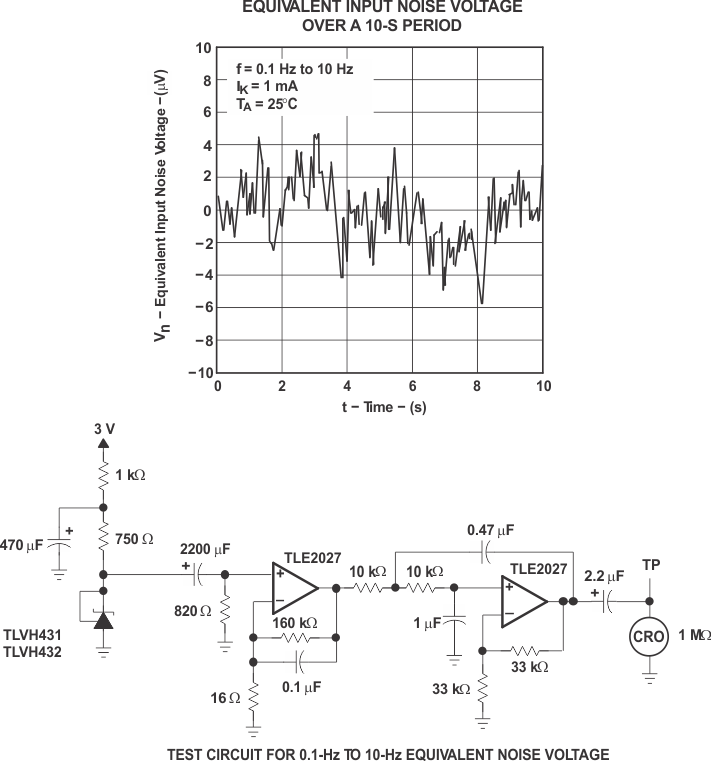
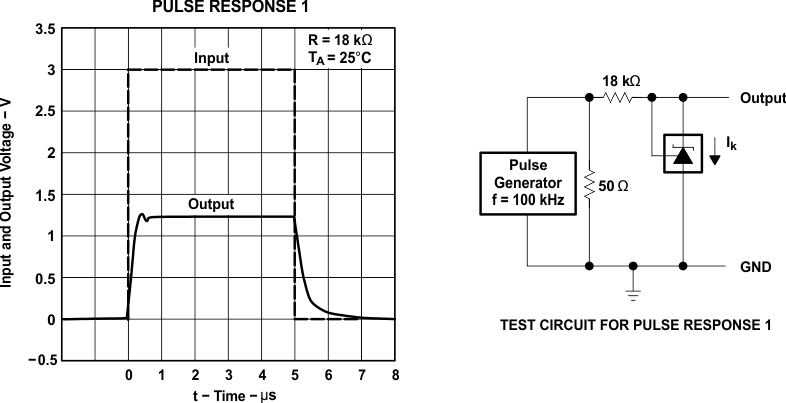 Figure 5-12 Pulse
Response 1
Figure 5-12 Pulse
Response 1 Figure 5-14 Phase
Margin Test Circuit
Figure 5-14 Phase
Margin Test Circuit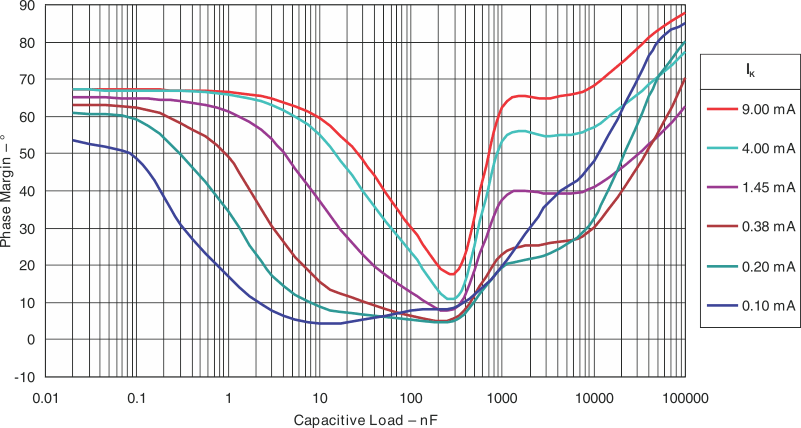 Figure 5-16 Phase
Margin vs Capacitive Load VKA = 2.50V, TA=
25°C
Figure 5-16 Phase
Margin vs Capacitive Load VKA = 2.50V, TA=
25°C